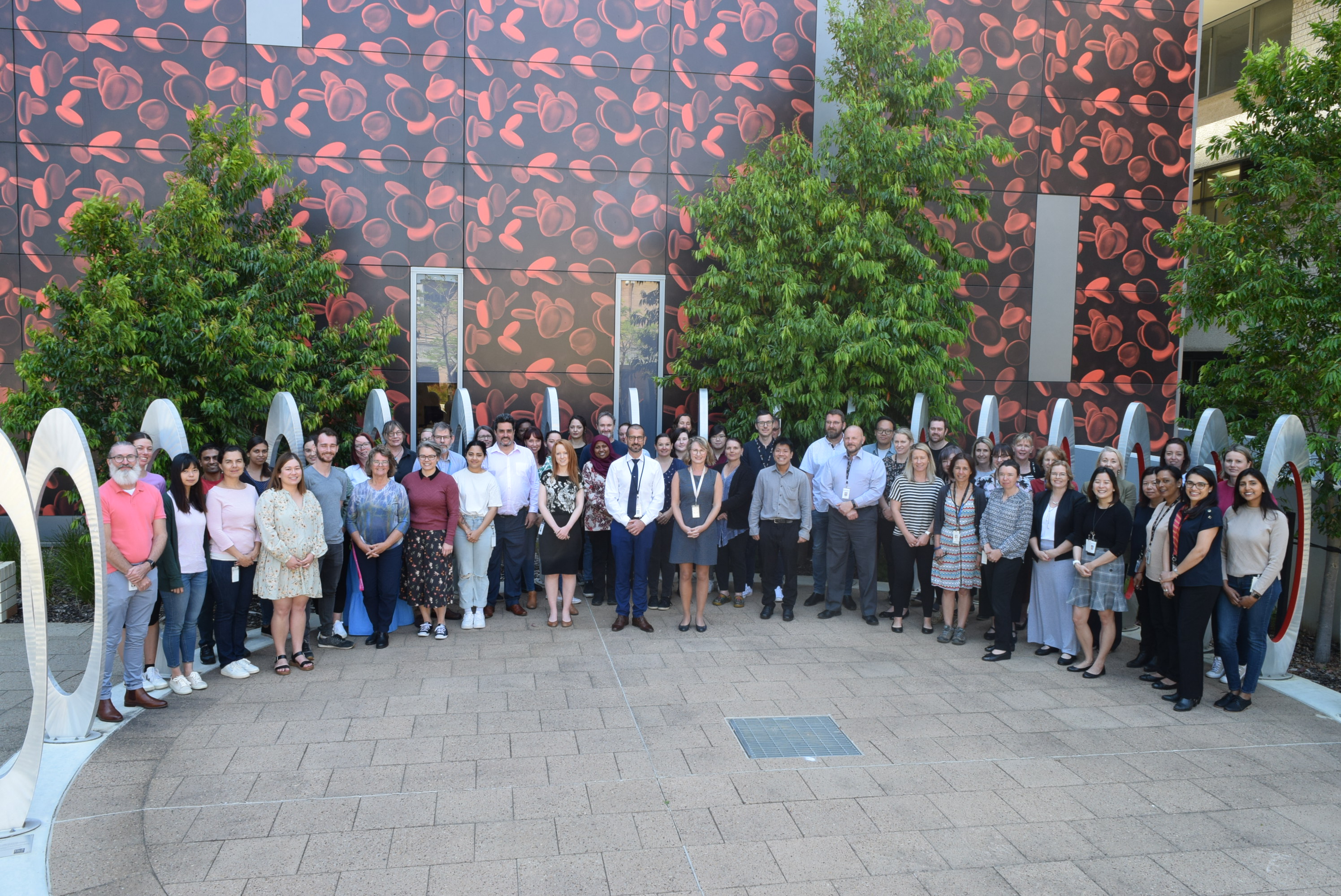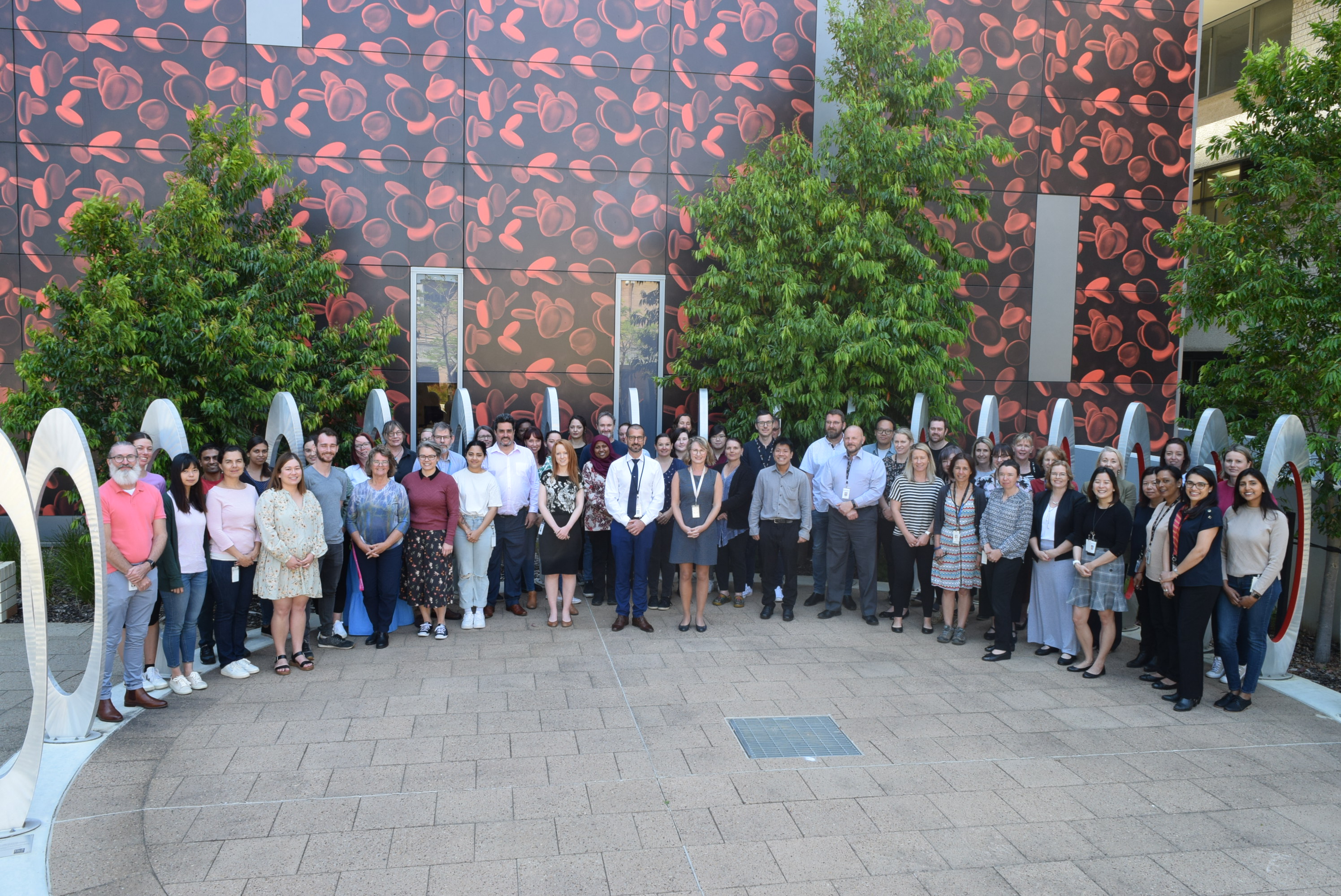A diagnostic success solves 20 year puzzle
 Department of Diagnostic Genomics at PathWest
Department of Diagnostic Genomics at PathWest
Rare Disease Day is on Monday 28 February and aims to raise awareness about rare diseases (RD) and their impact on people’s lives.
Our team at Diagnostic Genomics work on many rare conditions and as Head of Department Dr Dimitar Azmanov said, “Rare disorders are cumulatively common affecting 6-8% of the global population, including 200,000 people in Western Australia, and the majority have a genetic cause.”
Receiving a genetic diagnosis for people living with RD is important as it provides power of knowing and access to appropriate management, including family planning and reproduction, offers the possibility to connect with other people with the same experience, and reduces the need for multiple investigations which may be invasive, time-consuming and costly.
Diagnosis of RD has advanced significantly with the current genomic technologies, ending many diagnostic odysseys. Diagnostic success stories for patients with RD in WA have two main contributors in a collaborative interaction, Genetic Services of Western Australia (GSWA), NMHS, and Department of Diagnostic Genomics (DDG), PathWest. Both teams provide a holistic approach to genetic diagnosis for people with RD.
“GSWA tease out the clinical clues and DDG navigate the genomic technologies to provide the answers collectively,” said Dr Azmanov.
A recent example is a patient with over 20 years of diagnostic odyssey who was finally diagnosed with a rare condition called Gorlin syndrome. The patient spent much of his childhood as an inpatient at Princess Margaret Hospital (now Perth Children’s Hospital) due to multiple health problems, including facial clefts, skeletal anomalies, a large head size and developmental delay. Over the years, many investigations and procedures have been performed without identifying his diagnosis. The molecular diagnosis has been elusive until recent breakthroughs in genomic technologies allowed the simultaneous sequencing of thousands of genes, resulting in the identification of the faulty gene in this patient, a gene called PTCH1.
The Director of GSWA, Clin. Assoc. Prof Nicholas Pachter said, “The challenge is clinical diagnosis characterisation (phenotyping) when RD are so vastly heterogeneous and some features may be non-specific, as for example developmental delay”. However, over the years, Prof Pachter’s team have diligently collected information on known and newly developed features in the patient. The final clue to the clinical conundrum has come from the Undiagnosed Disease Program (UDP), delivered by GSWA. The UDP involves clinical collaboration across the state and this group raised Gorlin syndrome as a possible cause for this patient’s clinical features.
Dr Dimitar Azmanov acknowledged, “The right genetic diagnosis may take a long time given the myriad of genetic information for every individual and challenges in interpreting human genome variation in health and disease”.
“The revolution in genomic technologies has empowered health care; however, interpretation of genomic information in the context of RD is a challenging task, with DDG consistently improving the outcomes of genomic testing. Continuous adoption of novel technologies and investment in highly specialised training for staff involved in genomic data interpretation, have led to pinpointing the exact PTCH1 gene causative variation.”
The good news for this patient is that by making a diagnosis it can direct clinical care; for example, limitation of skin exposure to sun and UV light will help prevent the development of skin cancers, a known predisposition associated with Gorlin syndrome. Patients with skin cancers due to Gorlin syndrome may be able to access targeted medications that specifically counteract the effect of PTCH1 gene variations.
Dr Azmanov said “ by identifying the molecular diagnosis it has facilitated the genetic counselling process for this patient, empowering him with information about how the gene variation is inherited within the family and the risk to his offspring should he wish to plan a family in the future”.
The teams shaping genomics healthcare in Western Australia - Department of Diagnostic Genomics at PathWest (in front of red building) and Genetic Services WA, North Metropolitan Health Service. These photos were taken when we were not in COVID restrictions.



